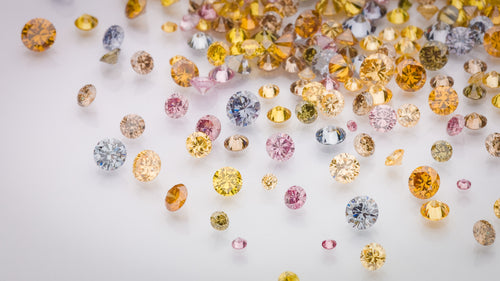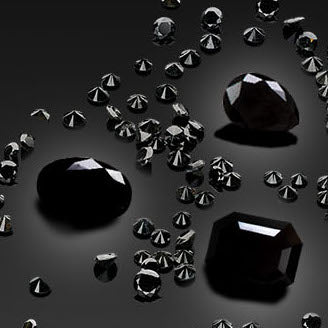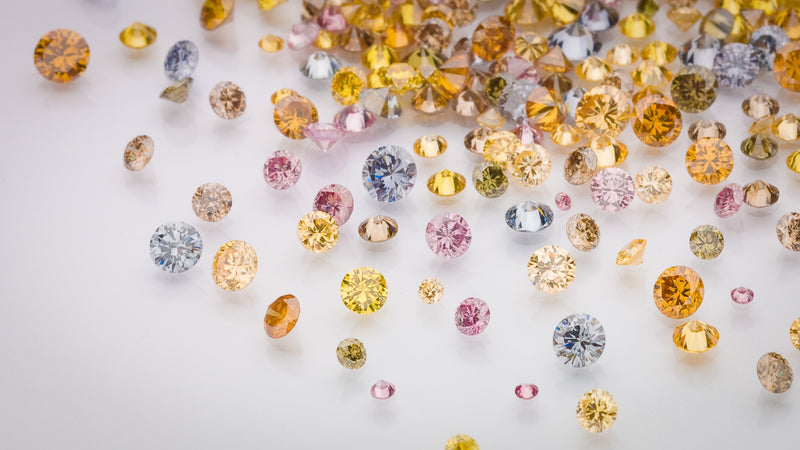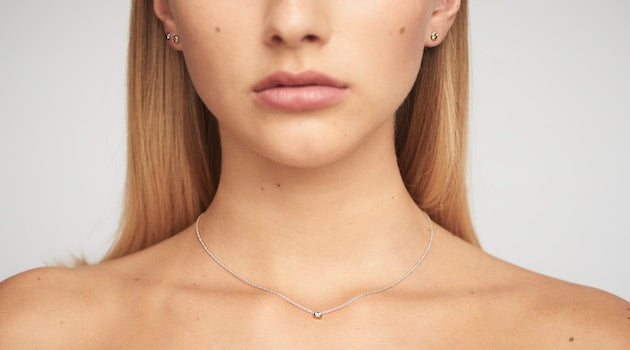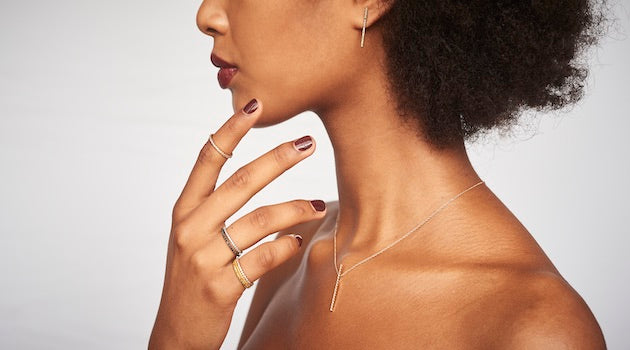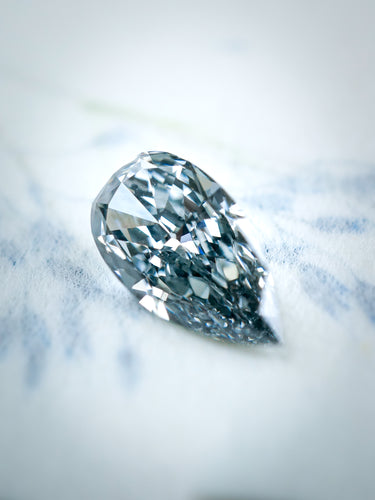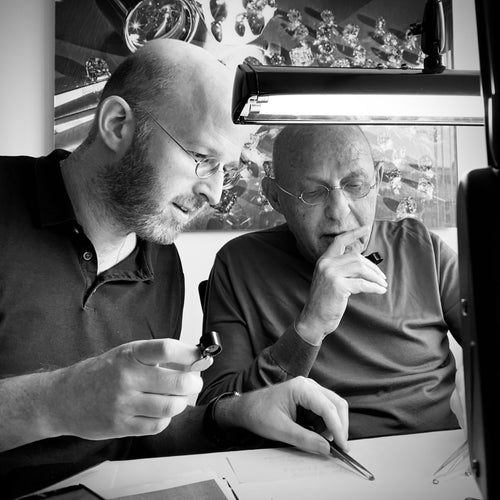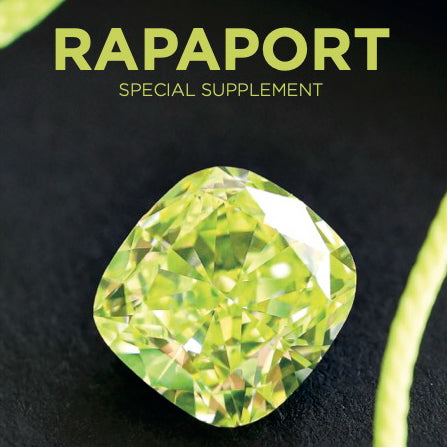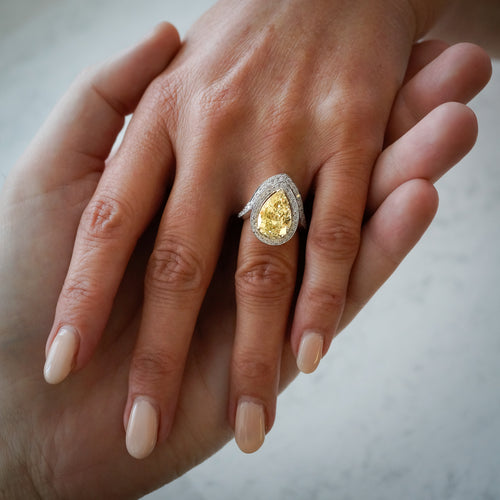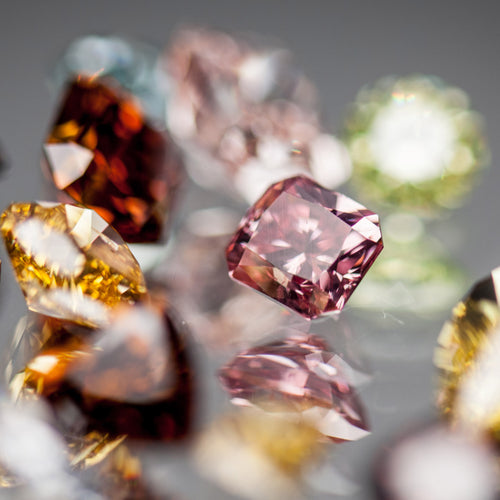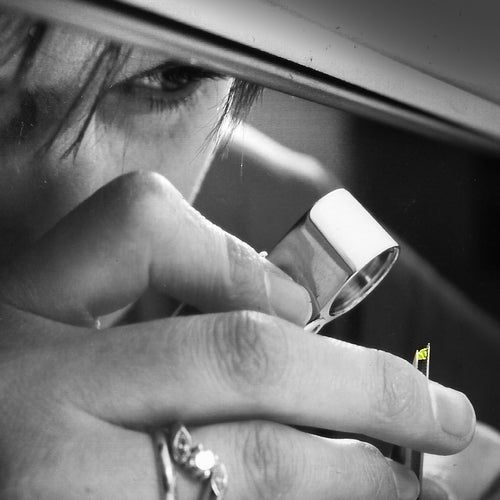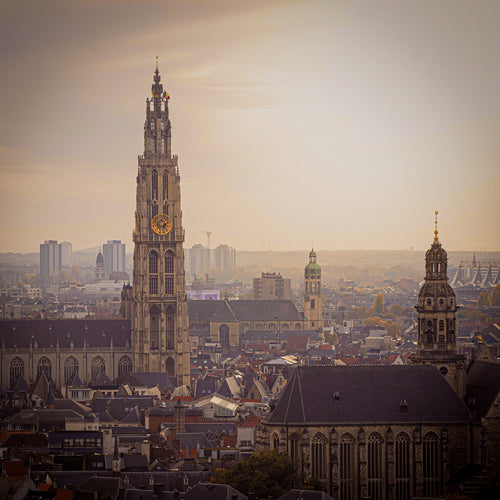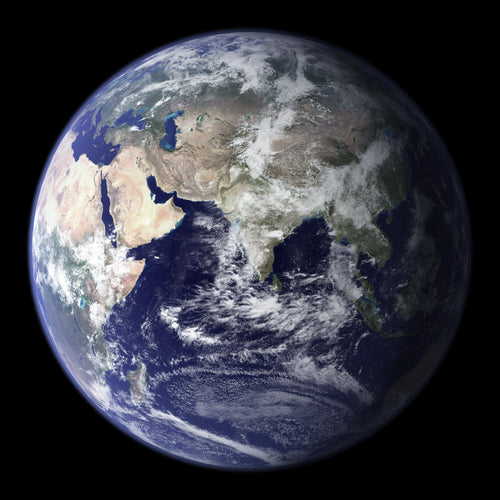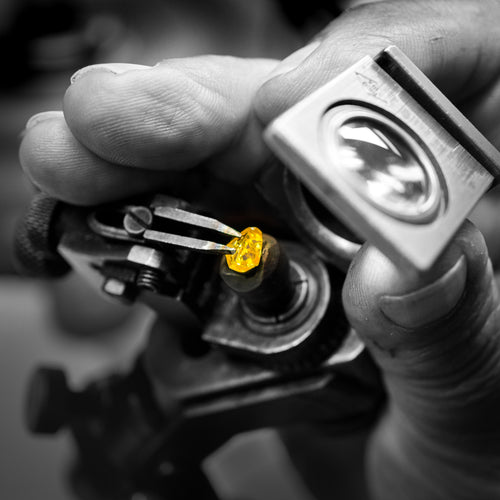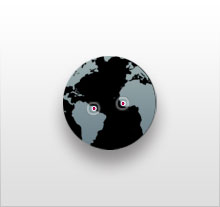
Ivory Coast (Côte d’Ivoire) is a West African nation with a modest but notable diamond industry. Its deposits share the same geological formations as Venezuela and the Horn of Africa, offering another fascinating clue to the ancient connection between the American and African continents. These regions are the only known sources of distinctive greenish-yellow diamonds with exceptionally strong fluorescence, which becomes striking under ultraviolet light. Rough stones from Ivory Coast are typically octahedral or dodecahedral in shape and contain few impurities.
Among the natural color diamonds from this region, greenish-yellow stones are especially characteristic, while brown and colorless examples are also recovered. Some exhibit natural surface irradiation, creating a thin green “skin” over a clear white interior, a feature documented in early gemological studies (Nature, 1965).
History of Diamond Mining in Ivory Coast
Diamonds were first discovered in the country in 1928, with commercial mining beginning in the 1940s under the French company SAREMCI (Société Anonyme de Recherche et d’Exploitation Minières en Côte d’Ivoire). Production peaked in the 1960s at 150,000–175,000 carats per year. However, the rapid influx of artisanal miners led to government restrictions, and in 1962 diamond mining was outlawed, causing a sharp decline in output.
For decades, activity was concentrated in the Séguéla region in the north-west, but production remained small compared to Africa’s major diamond centres.
The Conflict Diamond Era and UN Ban
From the early 2000s, Ivory Coast’s diamond trade became entangled in the country’s civil conflict. Rebel groups in the north and government forces in the south fought for control, and illicit diamond sales were linked to funding armed groups.
In 2005, the United Nations Security Council imposed a ban on all rough diamond exports from Ivory Coast, citing violations of the Kimberley Process Certification Scheme, the international system designed to prevent the trade in conflict diamonds. The embargo lasted until 2014, when it was lifted. This period was challenging for mining communities, as legal diamond activity was halted and informal or smuggled trade persisted despite restrictions.
Lifting the Ban and Current Regulations
In 2014, the UN Security Council lifted the export ban after confirming Ivory Coast’s compliance with Kimberley Process standards and recognising progress toward stabilising the country. Since then:
- All official exports must be Kimberley Process–certified to ensure stones are conflict-free.
- The government has worked to formalise the artisanal mining sector and dismantle illegal taxation networks.
- International partners, including the Diamond Development Initiative (DDI), USAID, and the European Union, have supported training, policy reform, and marketing initiatives for artisanal miners.
Today’s Diamond Industry in Ivory Coast
Ivory Coast’s diamond production is modest, estimated at 50,000 carats per year. Diamond industries in the Ivory Coast employ around 200,000 people. The Séguéla region remains the heart of the country’s diamond activity, but much of its geological potential is still unassessed. While production levels are small, adherence to the Kimberley Process has helped re-establish international trade in Ivorian diamonds.
Neutral Perspective on Controversy
Ivory Coast’s history in the diamond trade reflects both the beauty and challenges of the industry:
- Conflict-era legacy: The civil war years linked diamonds to funding armed groups, prompting an international embargo.
- Reform efforts: Government and partner organisations have worked to align with global ethical standards.
- Ongoing challenges: Informal mining, limited infrastructure, and economic pressures mean oversight remains essential.
By understanding this history, buyers can make informed choices and support diamonds that are responsibly sourced.
Further Reading
FAQ – Ivory Coast Diamonds
When did diamond mining begin in Ivory Coast?
Commercial mining began in the 1940s under the French company SAREMCI.
Diamonds were first discovered in 1928, but it was not until the 1940s that SAREMCI developed large-scale mining operations. Production peaked in the 1960s at 150,000–175,000 carats per year before government restrictions in 1962 halted much of the activity.
Where are diamonds mined in Ivory Coast today?
Most mining takes place in the Séguéla region in the north-west of the country.
The region has long been the centre of diamond activity, though much of its geological potential remains unassessed. Smaller artisanal sites operate elsewhere, but output is modest compared to other African producers.
What is the Kimberley Process and how does it apply to Ivory Coast?
The Kimberley Process is an international system that certifies diamonds as conflict-free.
It was created in 2003 to block the trade in conflict diamonds and includes 81 member countries representing 99.8% of global production. Since 2014, all Ivorian diamond exports must be Kimberley Process–certified.
What types of diamonds come from Ivory Coast?
The country produces greenish-yellow, brown, and colorless stones, many with strong fluorescence.
Some show a thin green “skin” from natural irradiation, which covers a clear white interior, a feature that can be removed during cutting to reveal the underlying crystal.
How much diamond does Ivory Coast produce today?
Annual production is estimated at around 50,000 carats — small compared to leading African producers.
The industry employs an estimated 200,000 people, many in artisanal mining. While gold dominates the country’s mining sector, diamonds remain an important livelihood source in certain regions.
Are Ivory Coast diamonds ethically sourced now?
Yes — all legal exports must pass Kimberley Process certification to ensure they are conflict-free. While the legal supply chain is regulated, informal mining and smuggling remain challenges, making reputable sourcing crucial for buyers seeking fully traceable gems.
Can I buy Ivory Coast diamonds from Langerman?
Langerman offers natural color diamonds from certified origins.
Although Ivory Coast diamonds are less common on the market, our sourcing process ensures any stones offered meet stringent quality standards.

